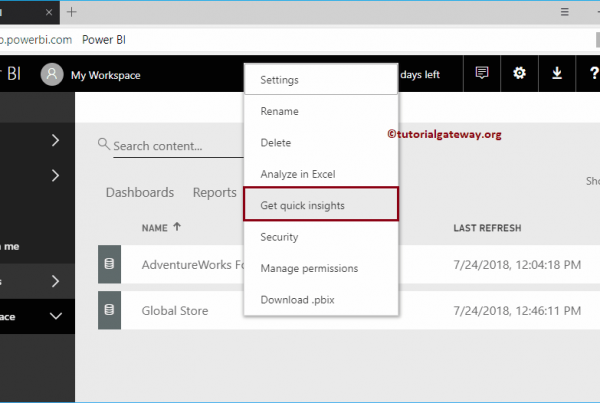WYSIWYG is an acronym that means "What you see is what you get." This expression is used for Web document authoring systems (for example, HTML editors) and other formats such as image processing programs that print content on a screen in exactly the same way that it will be displayed later on other user devices, such as a printer or a browser.
General information
WYSIWYG editors have the advantage that users do not need to have any knowledge of programming or markup languages to create a web document. The representation of the data is visual, as in Microsoft Word, and can be treated. Formatting instructions are in the program. Microsoft Word is an example of a word processing program designed as a WYSIWYG editor because you immediately see what you have changed in the document, but you do not see the program's instructions in source code form.
Advantages and disadvantages of WYSIWYG editors
Content prepared with WYSIWYG editors sometimes does not display the same in all browsers. If, for example, an HTML document is edited, it may happen that it is rendered differently in different browsers because the user stops writing the source code in the program. A line break in the WYSIWYG editor can look completely different compared to a conventional HTML editor. If an error occurs in the program code, it will be relatively difficult to find it in the WYSIWYG editor since you don't have access to the source code instead, you only see what the user of the program or part of the code will see later. There is also no distinction between content and markup, because WYSIWYG editors directly apply formatting instructions to some content, which is sometimes contrary to good style when creating web pages. Good style dictates doing the markup in a separate file, for example using a CSS file. At the same time, WYSIWYG editors often cause superfluous code, which in part does not meet the W3C requirements and is thus not necessarily valid. The WYSIWYG principle is used not only for publishers, but also for content management systems (CMS) such as TYPO3 or Drupal. This allows publishers to easily edit the content of the webs without much effort and without having to learn a certain programming or markup language.
Relevance for SEO
Especially in the area of SEO, it is preferable to create source code that search engines can understand. However, some code items should be excluded from indexing and, if necessary, should be prevented from being read and crawled by the search engine. WYSIWYG editors rarely offer such options. This is why HTML editors are commonly used in the SEO area, allowing you to edit individual areas of the source code specifically. The way it is displayed in different browsers also plays an important role, since the source code must be shown to all users in an equivalent way. WYSIWYG editors are also used for JavaScript or other markup and programming languages. In individual cases, a distinction has to be made between what should be achieved with certain parts of the source code and whether they should be created in an easy-to-use search engine.
Web Links






